It was the first day of anatomy class at the renowned Medical Academy. Dr. Elaine, a seasoned and respected surgeon, stood before a group of eager students. She began, 'Today, we will embark on a detailed journey through the brachial plexus, an intricate network of nerves that controls the muscles and sensations of the arm.'

Dr. Elaine held up a colorful diagram of the brachial plexus. 'The brachial plexus is akin to a highway system for nerve signals,' she explained. 'Memorizing this structure can be challenging, so mnemonics are valuable tools. For the brachial plexus, remember “Reach To Drink Cold Bluewater.” This trick will help you recall the sequence: Roots, Trunks, Divisions, Cords, and Branches.'
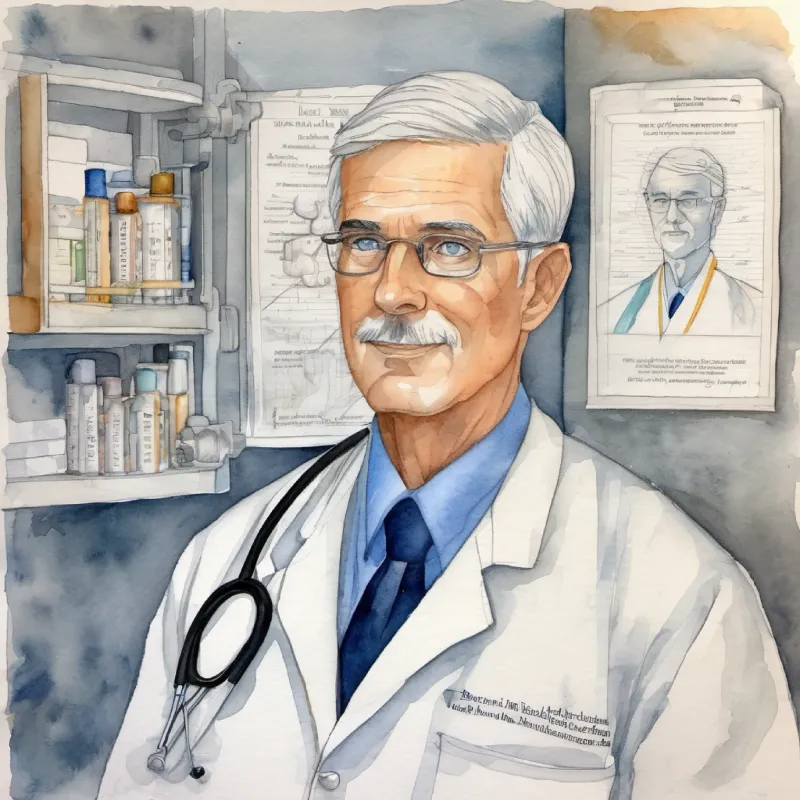
The class leaned forward, eager to absorb this critical information. Dr. Elaine pointed to the first part of the mnemonic, 'R’ is for Roots. The roots emerge from the spinal nerves C5 to T1. These roots form the foundation of the plexus.'

Dr. Elaine moved onto the next section. 'Next, 'T' stands for Trunks. The roots converge to form three trunks: the upper trunk (C5 and C6), middle trunk (C7), and lower trunk (C8 and T1).' As she spoke, she traced the paths on the diagram, making it easier for students to visualize.
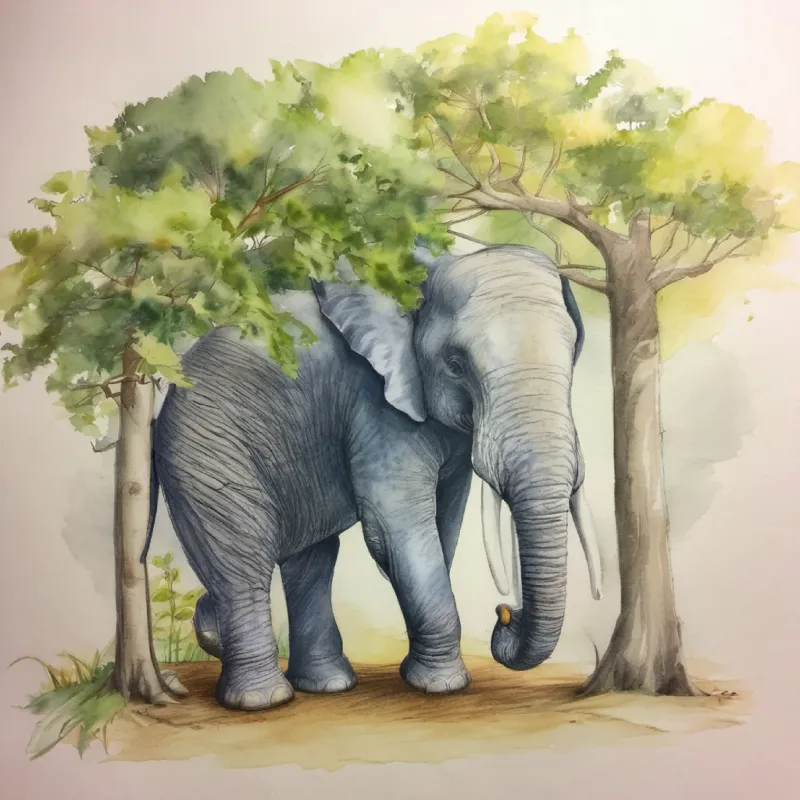
She continued, '‘Divisions’ is the next component. Each trunk splits into an anterior and posterior division. This bifurcation ensures nerve signals reach both the flexor and extensor muscles of the arm.'

Moving ahead, she explained, 'The next mnemonic letter is ‘C’, for Cords. The six divisions regroup to form three cords: the lateral, posterior, and medial cords. These cords are named based on their position relative to the axillary artery.'
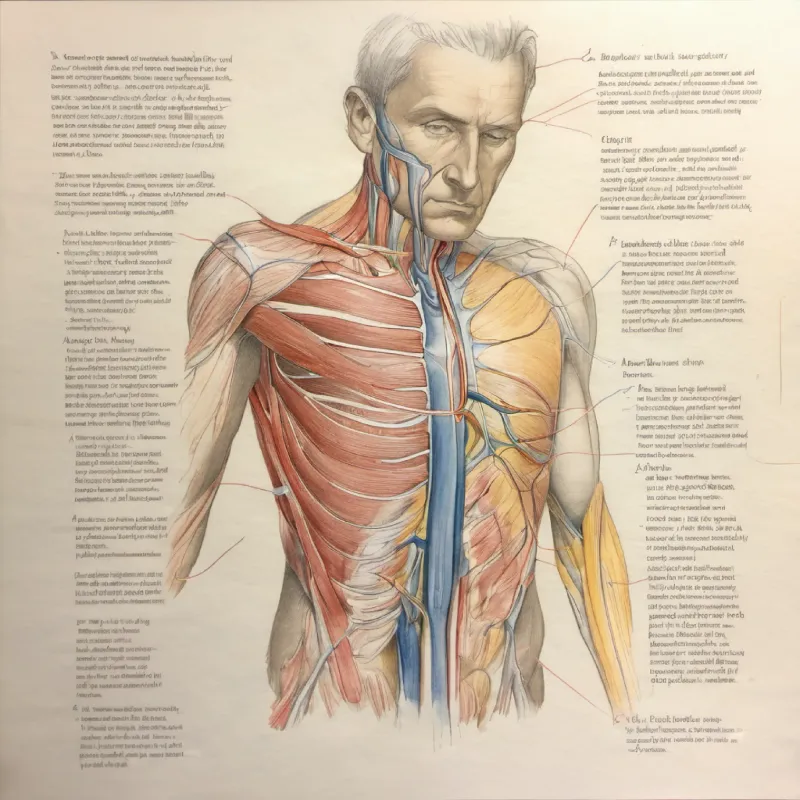
'Finally,' Dr. Elaine said with a smile, 'We reach the letter 'B' for Branches. The cords subdivide into the terminal branches: the main nerves that innervate the muscles of the arm and hand, namely the musculocutaneous, axillary, radial, median, and ulnar nerves.'

As the lecture progressed, students Paige and Ryan, keen on mastering the material, decided to create a vivid story to cement their understanding. They imagined the brachial plexus as a grand expedition. Roots were adventurers departing from a mountain base (the spinal column).

The Trunks were the paths they took to navigate the forest. With each split into Divisions, they encountered various trails leading deeper into the woods, each with its own challenges and obstacles.
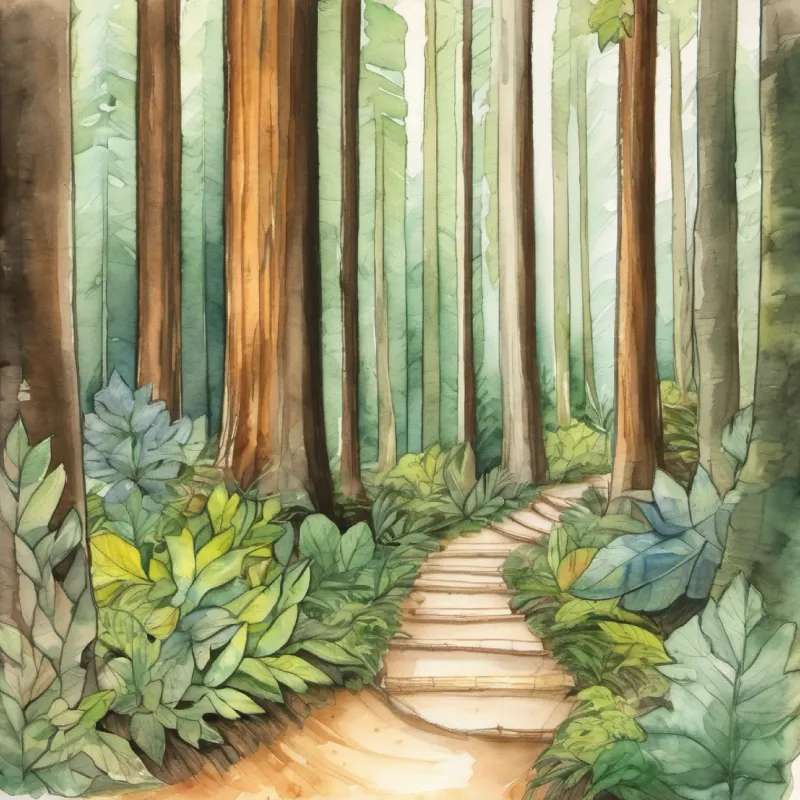
As they journeyed, they reached the Cords, portrayed as bridges over rivers that guided helpful signals from their central camp (the axillary artery) to different bases across the woods.
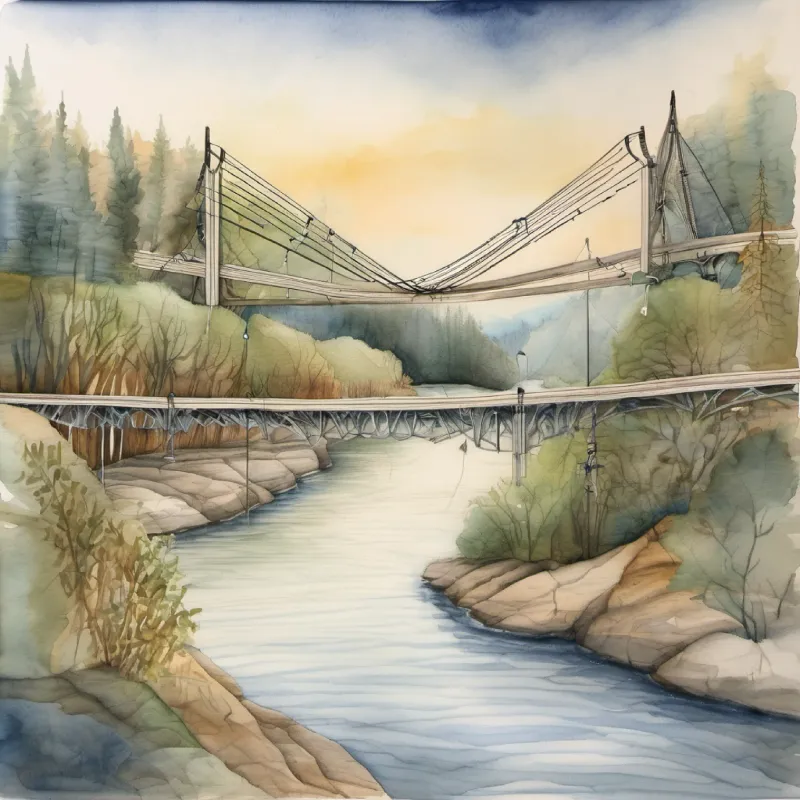
In their final leg, the adventurers reached Branches, which represented the diverse expeditions setting off from these bases to explore the entire forest, akin to the nerves innervating various muscles.

By the end of the class, Paige and Ryan's story had spread, becoming a favorite mnemonic among their peers. Dr. Elaine, noticing their innovative approach, encouraged all students to develop creative ways to understand complex subjects, reminding them that medicine, while challenging, could also be an exciting adventure.

Reflection Questions